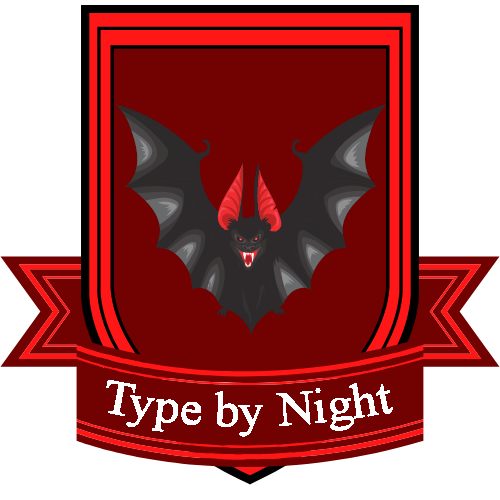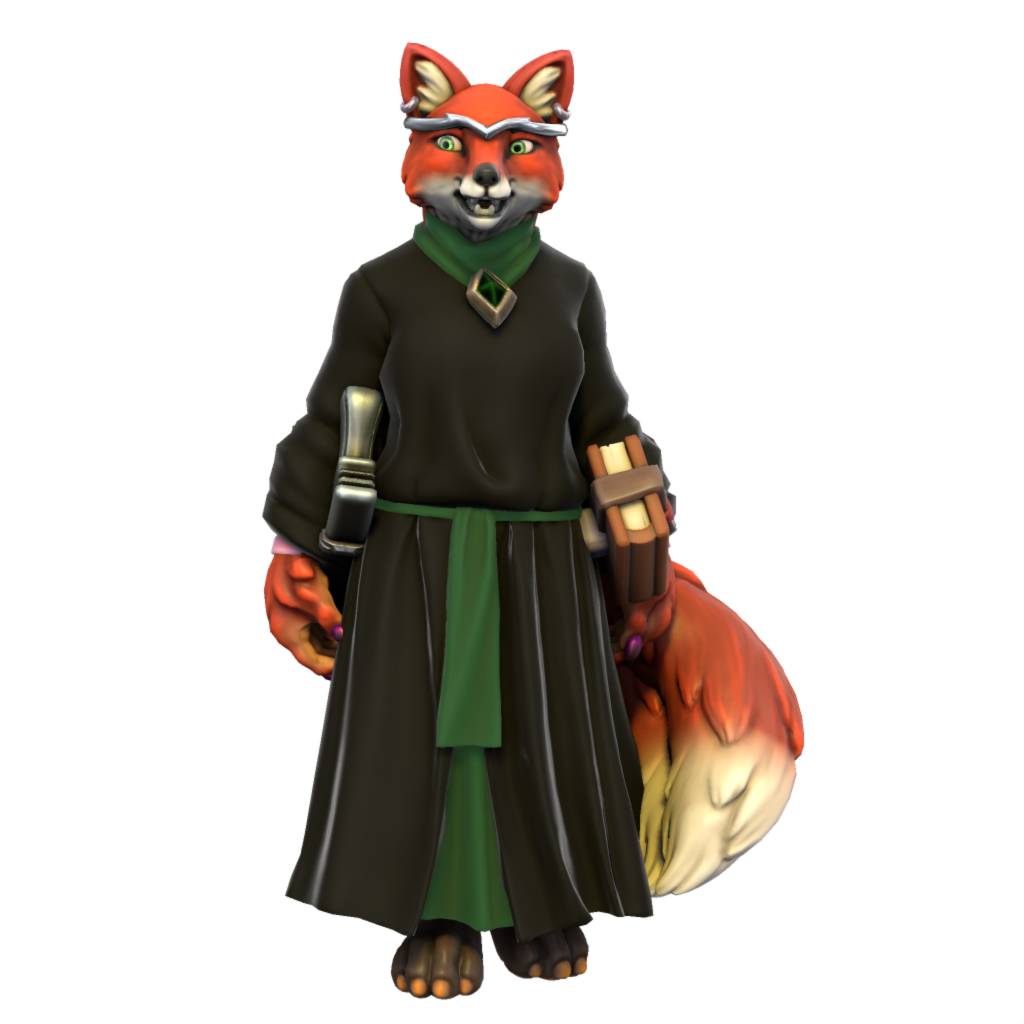Werefox
As seen in
Werefoxes, often more commonly known as Kitsune, are Literomancers and Werebeasts who are totemically connected to the Fox totem. Most werefoxes are able to shift into a bestial and/or half-bestial form at will. Partial transformations are also possible. Some will also shift if certain personal triggers — such as a particular moon phase or, commonly among kitsune, being startled, drunk, or careless — occur.
Basic Information
Anatomy
In human form, werefoxes are indistinguishable from an average Human. They may have fox-like features, such as hair the same colour as their fur, a long nose, or a slightly wild demeanor, but they are human otherwise.
Uniquely among werebeasts, kitsune often display multiple tails, perhaps as a marker of their supernatural powers. Extra tails are believed to mark age, knowledge, and power. Werefoxes with up to nine tails have been described in mythology. In beast form, werefoxes are otherwise physically no different than an average fox. Mentally, though, they still retain their personhood and can make decisions as they would in any other form.
Totemically, all werebeasts can sense another of their kind with their normal senses. As the therianthropic abilities of werebeasts are not scientific in nature, they cannot be detected through any sort of physical or genetic examination.
Genetics and Reproduction
Like most werecreatures, werefoxes can choose to reproduce as a human or as the animal type they are. To do the latter requires that their partner also be a werebeast. Regardless of how a kitsune chooses to reproduce, they typically only produce one offspring, known as a kit.
Growth Rate & Stages
Kits can be birthed in either human form, or in beast form. Kits born in beast form transform into a human toddler around three months after their birth, and remain in that form for the remainder of their life unless they develop a totemic connection and become a werecreature themselves. While foxes do produce litters, kitsune almost never produce multiple offspring at once.
Ecology and Habitats
Foxes are surprisingly widespread, and exist on almost every continent except Antarctica. As a result, werefoxes can be found pretty much anywhere. Currently, they are most commonly associated with the Woodland Family Alliance Protectorates.
Dietary Needs and Habits
Werefoxes are omnivorous, just as both their fox and human forms are, despite the fox's reputation as a consummate predator. In the wild, foxes also eat fruit and even engage in garden raiding. In Asia, it is thought that kitsune have a particular fondness for fried tofu.
Behaviour
The fox's propensity for mischief is well known in almost every place in the world that they appear, and this is a trait that werefoxes generally share, even those who embrace a more guardian-like role, which is a common mythological element in Japan and East Asia.
Sure, foxes in the wild eat rabbits, but that's more about opportunity than any real urge. Foxes share a rabbit's love for a little harmless fun every once in a while. We can really bond over that!
Additional Information
Perception and Sensory Capabilities
Foxes have extremely keen senses of hearing, smell, and night vision. They can pick up sounds that are well beyond human hearing, such as the squeaking of mice underground. Their whiskers are sensitive tactile organs that help them to navigate in dim light. They are also capable of making a wide range of vocalizations over five octaves.
Civilization and Culture
Common Myths and Legends
Werefoxes have been almost universally recognized as shapeshifters and masters of disguise. There are numerous legends of shapeshifting foxes, spanning almost every continent. Among these are the French tales of Renard the Fox, a morally ambiguous trickster, and the cunning fox of Aesop's fables, along with numerous tales from East Asia and the Indigenous peoples of North America.
The Apache say that foxes stole fire from the fireflies to aid humanity. They are wise forest spirits to the Celts, guardians of shrines (and makers of trouble) to the Japanese, companions to Dionysus in Ancient Greece and messengers of Inari in Japan, and even a wise and hardworking creator deity to the Indigenous peoples of Northern California.
In many cultures, there are stories of foxes who shapeshifted into women in order to marry human men, for either benevolent or malevolent reasons.
Japanese culture deserves special mention. Kitsune, to the Japanese, are one of the yokai. Mysterious illusory fires and strange lights in the sky are believed to be caused by their magic, and are known "fox fire" or "kitsune fire." This is analogous to will-o-wisps or St. Elmo's fire, and is said that the kitsune emit the lights for navigation or for ceremonial purposes, particularly a "kitsune wedding" or "fox's wedding." Often, these are depicted above kitsune heads in art to indicate that they are yokai. They can shapeshift into giants and other monsters, and use this either to play pranks or for darker purposes.
Kitsune tend to show one of two sides. Some foxes are the holy servants of the Shinto deity Inari, and Inari’s shrines are decorated with statues and images of them. Celestial foxes provide wisdom or service to good and reverent humans. They are messengers of the gods and mediums between the celestial and physical worlds. They often protect people or places, bring good luck, and ward evil spirits away.
Others are wild foxes who delight in mischief, pranks, or evil. They trick or even possess humans, and cause them to behave in strange ways. They harass their targets by creating phantom sounds and sights, stealing from them, or otherwise humiliating them. Despite this, even wild foxes keep their promises, remember friendships, and repay favours.
WIP
Streamer
Missing
Status: Location Unknown
Deceased
Status: Deceased Character
Retired
Status: Retired Character or Article
Genetic Ancestor(s)
Scientific Name
Homo belua vulpis
Conservation Status
Werefoxes are fairly common as far as werebeasts go, not that any werebeasts are common.
Related Organizations
Related Ethnicities





















Comments